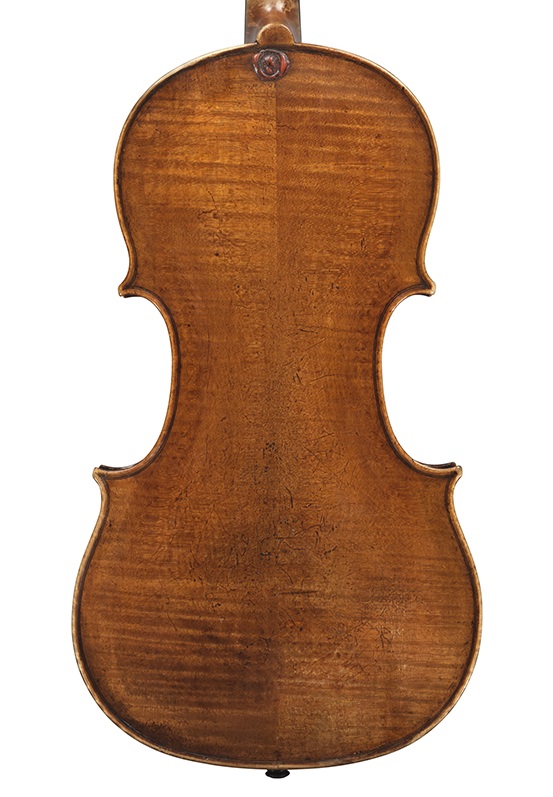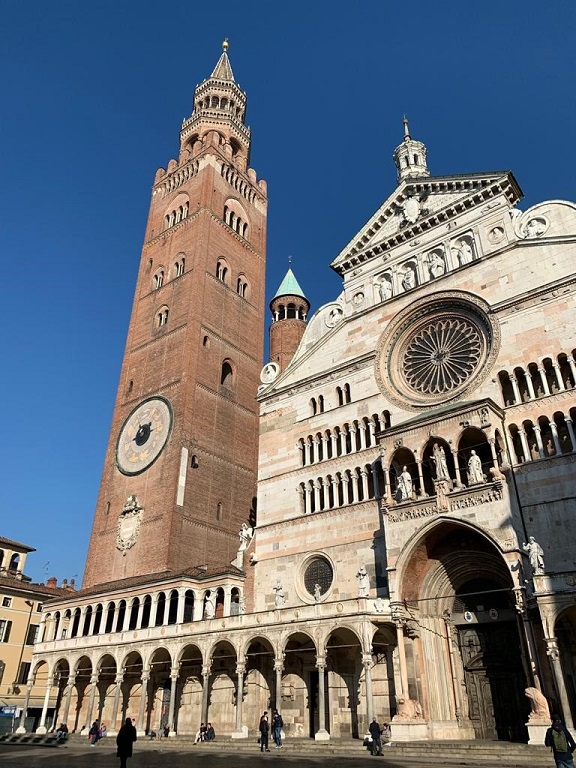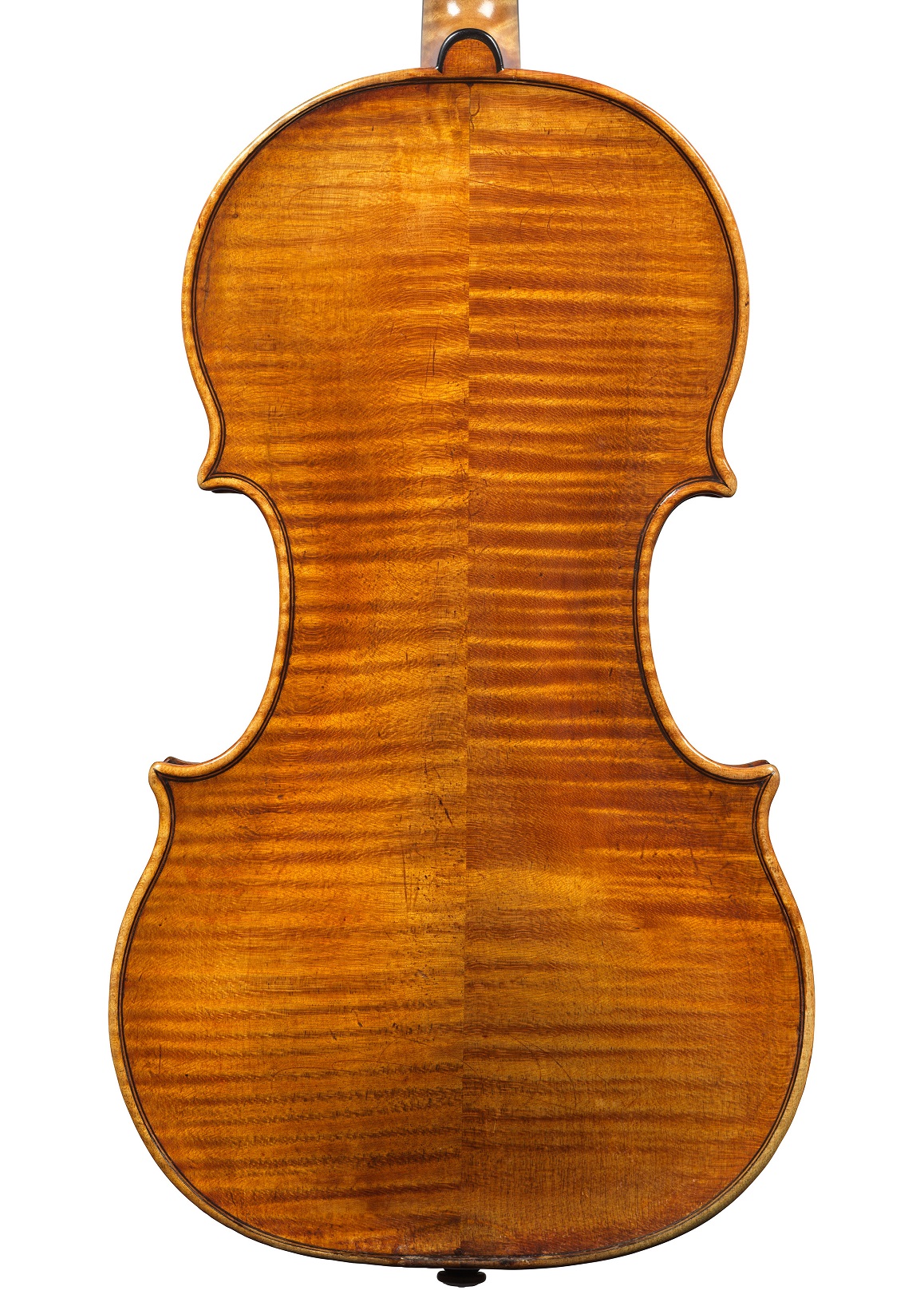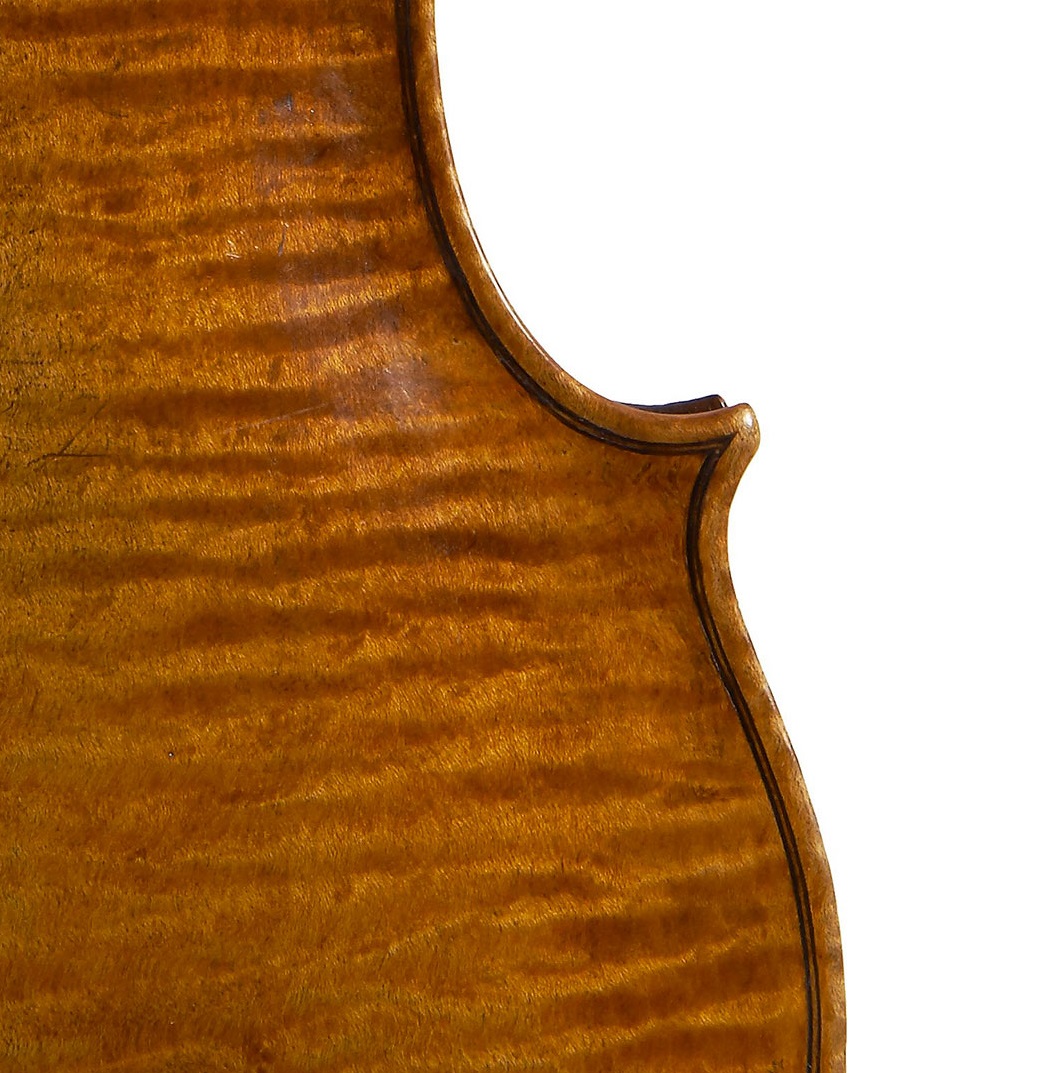Part II: The Amati Dynasty
The Evolution of Violin Making from 16th-20th Century
Part II
By the time Andrea Amati’s sons, Antonio and Girolamo, had taken over the business — Andrea himself having died in 1577 — there were signs of competition from the viola da gamba and cittern makers of Brescia. Gasparo da Salò worked in Brescia contemporaneously with the Amati brothers, and surviving tax records from 1588 show that he exported his violins to France, just as the Amatis did. His instruments are rugged, dark-toned and visually striking, but reveal little of the consistency and delicacy of an Amati.
During the 17th century, violin making began to spread throughout northern Europe, taking hold particularly in the Netherlands, where a surprising number of makers flourished in this still-early period. But none showed the perfectionism of the Amatis or an understanding of the importance of both the internal structure and the external architecture of sound production. Every detail of an Amati violin received painstaking attention, whether from a woodworking, artistic or tonal point of view.
By the mid-1600s, the word 'Cremona' was already in use in England as a poetic synonym for the violin
Persisting with their dogged and expensive perfectionism, the Amatis established an unapproachable reputation. Cremona itself quickly became a byword for the best of violins. By the mid-1600s, the name was already in use in England as a poetic synonym for the violin — an early example of a trade name becoming a generic description of the product. Makers elsewhere, rather than attempting to duplicate the quality of imported ‘Cremonas’, contented themselves with creating ordinary and affordable instruments for a humbler market.
That Cremona’s pre-eminent reputation endured is due more to chance and exceptional circumstances than may appear. In 1630-31 a plague swept northern Italy. The death of Giovanni Paolo Maggini brought violin making in Brescia to a halt long enough to curtail its reputation as a centre for the still relatively new instrument. Today, early Brescian violas remain the first choice of soloists, but few made there after the mid-17th century approached the quality of the greatest Cremonese instruments.
Nicolò Amati became a vital link in the story of the Italian violin
The importance of Nicolò Amati to the future of Cremonese violin making
In Cremona, Andrea’s grandson Nicolò Amati was one of the plague’s fortunate survivors. Without Nicolò, Cremona’s violin-making reputation — built up to that point entirely on the work of the Amati family — would likely also have ended. Nicolò became a vital link in the story of the Italian violin not merely because of his superb craftsmanship and his resistance to the plague virus. With as yet no sons to assist him, he looked outside the family for help. Andrea Guarneri and Giacomo Gennaro were the first of a line of makers who began to expand the ranks of luthiers privy to the Amati method, and the family trade became a fully-fledged business.
Far from being wiped out by the plague, violin making in Cremona flourished. Any competition there might have been from Brescia had ended, and demand was outstripping supply. Andrea Guameri remained a loyal employee of Nicolò Amati until Nicolò’s son Girolamo came of age. But in the second half of the 17th century, Gennaro and other makers, such as Francesco Rugeri, began producing subtle copies of Amati instruments right under Nicolò’s nose, sometimes complete with authentic-looking Amati labels.
Despite previous assumptions, there is no hard evidence placing Rugeri inside the Amati house as an apprentice. Rather it seems, from certain idiosyncrasies in his technique, that Rugeri developed his working method at a slight distance from Amati himself. This also appears to have been the case for another, younger craftsman named Antonio Stradivari.
In part three of this series, we introduce Cremona’s second genius, Antonio Stradivari.
Read part three here
Read part one: Why Cremona?
Read part four: Violin Making Outside Cremona
Read part five: The Question of ‘Italian Tone’
Read part six: The Decline and Renaissance of Italian Violin Making
Click here to view Our Notable Sales
Recent Posts
Categories
- Feature Type
- Instrument Type
-
Maker
- Albani, Mathias (2)
- Amati, Andrea (8)
- Amati, Antonio & Girolamo (6)
- Amati, Girolamo II (6)
- Amati, Nicolò (6)
- Balestrieri, Tommaso (3)
- Banks, Benjamin (1)
- Bazin, Charles Nicolas (1)
- Bergonzi Family (1)
- Bergonzi, Carlo (2)
- Bergonzi, Michele Angelo (2)
- Bernardel, Auguste Sébastien Philippe (2)
- Bisiach, Leandro (2)
- Bultitude, Arthur Richard (1)
- Bussetto, Giovanni Maria del (1)
- Camilli, Camillo (2)
- Cappa, Gioffredo (2)
- Carcassi, Lorenzo & Tomaso (1)
- Ceruti, Giovanni Battista (3)
- Chanot, George Adolph (1)
- Cuypers, Johannes Theodorus (1)
- Dalla Costa, Pietro Antonio (1)
- Deconet, Michele (1)
- Fendt, Bernard Simon II (1)
- Fendt, Bernhard Simon I (1)
- Gabrielli, Giovanni Battista (1)
- Gagliano, Alessandro (2)
- Gagliano, Ferdinando (1)
- Genova, Giovanni Battista (1)
- Gisalberti, Andrea (1)
- Goffriller, Francesco (1)
- Goffriller, Matteo (1)
- Grancino, Giovanni (4)
- Grancino, Giovanni Battista II (1)
- Guadagnini, Gaetano II (1)
- Guadagnini, Giovanni Battista (7)
- Guarneri 'filius Andreæ', Giuseppe (3)
- Guarneri del Gesù, Giuseppe (5)
- Guarneri of Mantua, Pietro Giovanni (2)
- Guarneri of Venice, Pietro (3)
- Guarneri, Andrea (3)
- Götz, Conrad (1)
- Hill & Sons, W.E. (1)
- Kennedy, Thomas (1)
- Knopf, Carl Heinrich (1)
- Landolfi, Carlo Ferdinando (1)
- Lott, John Frederick (1)
- Lupot, Nicolas (2)
- Mantegazza, Pietro Giovanni (2)
- Mariani, Antonio (1)
- Montagnana, Domenico (2)
- Panormo, Vincenzo Trusiano (1)
- Parker, Daniel (1)
- Peccatte, Dominique (1)
- Platner, Michele (1)
- Pressenda, Giovanni Francesco (1)
- Rayman, Jacob (1)
- Retford, William Charles (1)
- Rivolta, Giacomo (1)
- Rocca, Giuseppe Antonio (2)
- Rota, Giovanni (1)
- Rugeri, Francesco (3)
- Sartory, Eugène (1)
- Scarampella, Stefano (2)
- Schwartz, George Frédéric (1)
- Serafin, Santo (1)
- Sgarabotto, Gaetano (1)
- Sgarabotto, Pietro (1)
- Simon, Pierre (1)
- Stainer, Jacob (3)
- Storioni, Lorenzo (3)
- Stradivari, Antonio (14)
- Stradivari, Francesco (1)
- Stradivari, Omobono (1)
- Tadioli, Maurizio (1)
- Taylor, Michael (1)
- Tecchler, David (2)
- Testore, Carlo Giuseppe (1)
- Tourte, François Xavier (4)
- Tubbs, James (1)
- Voller Brothers (1)
- Vuillaume, Jean-Baptiste (10)
- Watson, William (1)
- da Salò Bertolotti, Gasparo (2)
- Author
- Charity
-
In the Press
- Antiques Trade Gazette (3)
- Archi-magazine.it (1)
- Art Daily (2)
- CNN Style (1)
- Classic FM (2)
- ITV (1)
- Ingles & Hayday (4)
- Liberation (1)
- Life Style Journal (1)
- London Evening Standard (1)
- Paul Fraser Collectibles (1)
- Rhinegold Publishing (1)
- Sotheby's (1)
- Strings Magazine (2)
- Tarisio (2)
- The Fine Art Post (1)
- The Strad (7)
- The Times (1)




